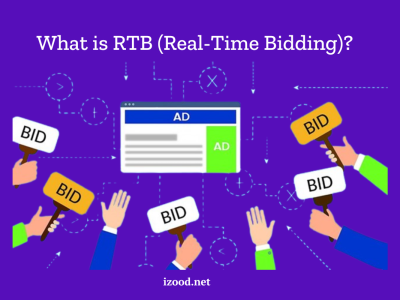Age verification is verifying a customer’s age before providing access to products like gambling, tobacco, etc., that are age-restricted and inappropriate content for teenagers. In today’s world, when everything is digital, age verification has become essential in various sectors like online gaming/gambling, tobacco/alcohol sales, and mobility companies. Businesses that don’t know the clients’ ages can mistakenly favour young customers for activities that are not good for them. If they are found guilty, legal authorities can impose penalties and sentence jail for their illegal act, which will ruin the company’s reputation.
Adhere to Regulations
Compliance with regulation is vital for the business. In case of non-compliance with rules and supporting underage customers can result in punishments and rejection of the business license. So, businesses must comply with legal regulations and age verification to prevent underage customers from accessing age-restricted goods.
Businesses can verify that only users of the appropriate age have access to restricted products, services, and content by using age verification.
How Does Age Verification Work?
Age verification secures businesses and prevents legal penalties, bad reputations and identity theft. Age verification is a process to verify a customer’s age before giving access to the products or services. There are two types of verification.
In-Person Age Verification
If age-restricted items are sold manually, the user must show the seller the government-issued documents, like id cards, passports, licenses etc. The seller confirms the customer’s identity by checking aspects like holograms, stamps, and official signatures or stamps. They also match the photo on the ID with the person to verify identity. Some IDs include barcodes and NFC chips that can be scanned to help sellers verify whether the ID is legitimate or forged.
Online Age Verification
When a customer purchases something online from a website, their age must be verified. But the process is different from manual age verification. The online age verification involves the following steps:
- The customer has to take and upload pictures of their ID documents.
- The ID documents were analyzed for authenticity.
- The photo on the ID documents matches the selfie uploaded to check whether the customer is legitimate.
- Information is extracted from the documents to cross-check with the information in the database.
Methods for Age Verification
Age verification is a crucial step for businesses. There are many methods, but keep in mind that every method has its pros and cons.
Age Gating
Age gating is a popular method used to verify the age of customers. Many online businesses, like social media sites, gaming websites and e-commerce stores, use this method. Age gating requires users to verify their age or check a box indicating a certain age. While age gating seems like a simple method for age verification, they have significant drawbacks. Users can easily betray the system by telling the wrong age. It’s difficult for businesses with age restrictions to adhere to legal regulations. Penalties can be imposed on businesses for non-compliance and providing illegal access to products or services.
Identity Document Verification
Age verification by document verification is another method to verify the age of a customer. The process can be performed in two ways, either manually or digitally. In the online verification method, Al and machine learning tools are used for age verification by confirming the customer’s date of birth. These age checks are trustworthy. This process can be carried out individually or as a whole and includes facial recognition along with document verification.
Age Estimation
Unlike age gating, age estimation is entirely different. The process includes estimating the age of the customer based on physical aspects. It involves advanced algorithms and artificial intelligence to understand a person’s age. By analyzing skin texture, wrinkles, or face contours, machine learning or age verification algorithms can estimate a person’s age. This technology was developed through large datasets and research to make a difference between facial features and age groups.
Age estimation is a promising technology that shows accurate results, but considers the process’s limitations. Lighting issues and facial line variations can cause weak results or inaccuracies in the final result.
Conclusion
In addition to helping companies comply with regulations, age verification has several other advantages. Age verification improves security by ensuring that only authorized users have access to age-restricted data or services. In this way, the procedure increases client confidence and boosts sales. Companies should employ online age verification to build client trust and safeguard their products or services.







